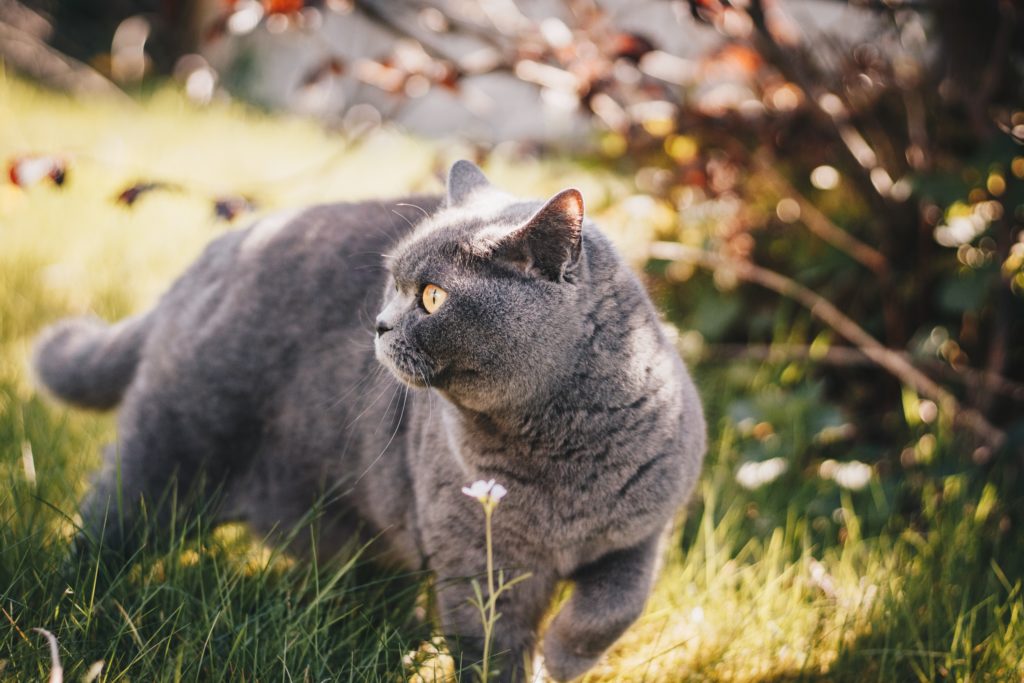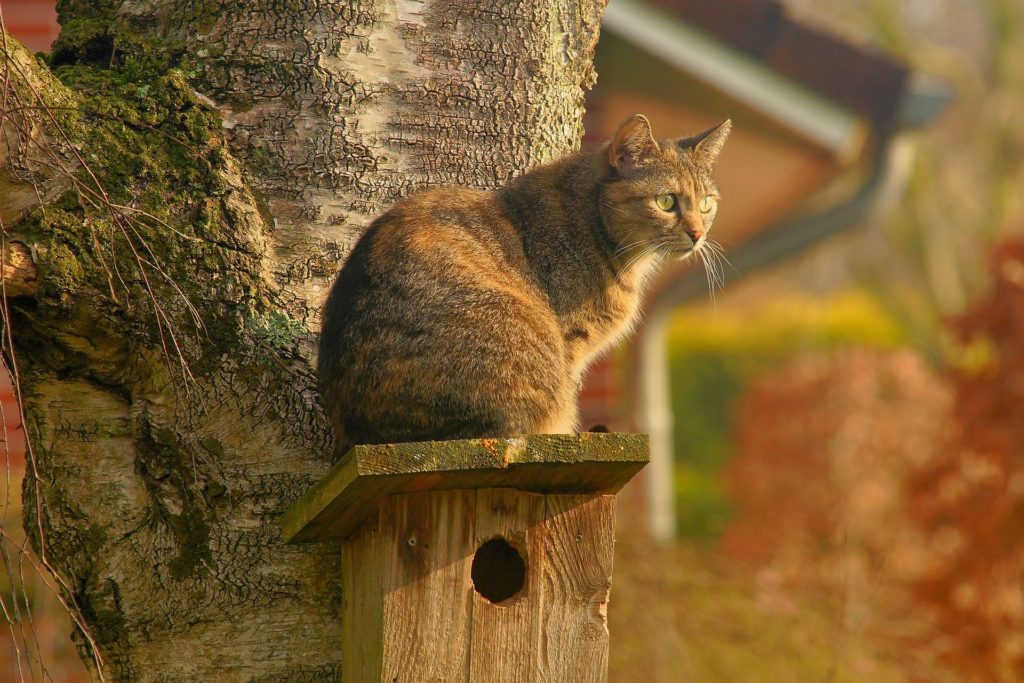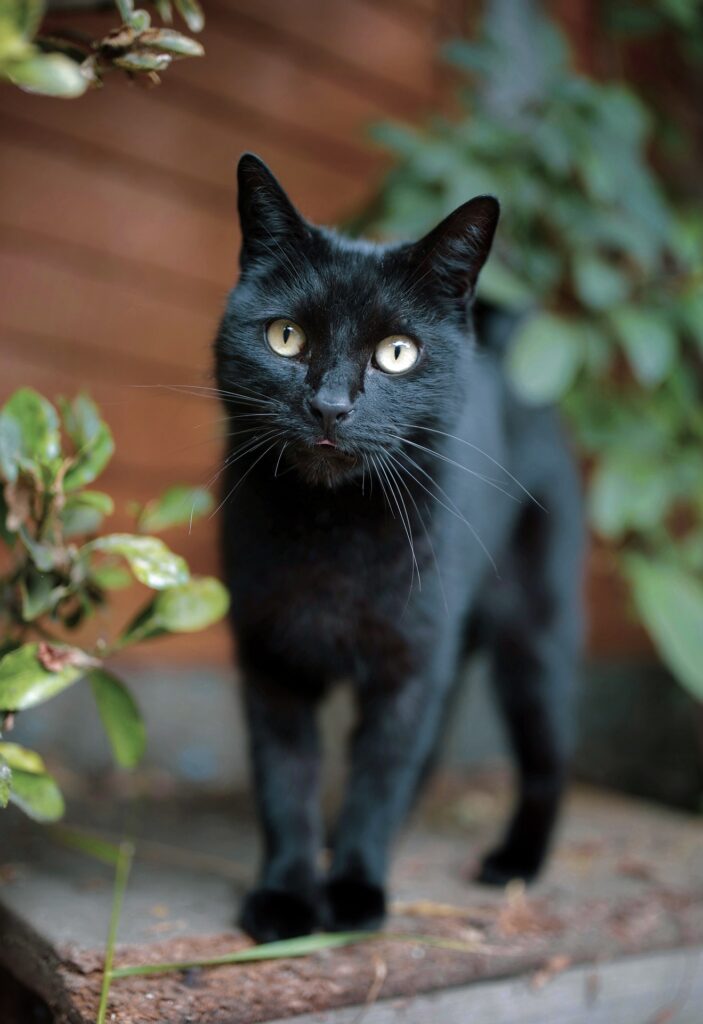Cats sway when walking if they have balance problems, for example due to an inflammation in the inner ear or the eyes, as well as joint pain.
Cats have a very good sense of balance. This works so well in cats because they have a highly developed organ of balance in the inner ear. This equilibrium organ, coupled with the elegant cat body, allows them to jump from any tree with ease.
What are the causes when my cat wobbles when walking?
An inflammation in the inner ear or around the eyes, as well as joint pain and a broken tail, can cause your cat to have balance problems.
The following causes could be the reason for your cat’s balance problems:
- Inflammation in the eye area or in the eyes themselves can lead to a weakening of vision in cats, which makes them unable to judge the distance correctly when jumping, for example. Also, if your cat has inflammation of the eyes, it will sway because it is unsteady and unable to perceive its surroundings properly.
- If your cat runs around freely in your garden, you should definitely avoid using slug pellets or other poisons to drive away pests. Your cat can get poisoned by ingesting these substances. You should take your cat to your vet immediately as this is very dangerous for your cat. If you are wondering whether outdoor cats need additional food and what is best to feed them, we explain in our great article How to feed outdoor cats?

- Likewise, your cat’s swaying and balance problems may be related to a broken tail. This can happen very easily when the door is slammed. The tail is very important for your cat’s sense of balance.
- Organ problems can also lead to a balance problem in your cat. With some organ damage, the body makes its own toxins that can travel to the brain and cause neural damage.
- Old cats in particular have difficulty with their sense of balance due to joint problems and sometimes need help to get out of a tree or cupboard.

- The most common cause of faltering walking in cats and their problems with balance is inflammation of the inner ear. This is where your cat’s sense of balance is directly affected and your cat has severe problems finding its way. If your cat constantly holds its head at an angle or if nasal discharge only comes out of one nostril, these are important signs of an injury or an inflammation of the inner ear. Please inform your vet immediately.
What are other symptoms of balance problems in cats?
Besides swaying when walking, constant stumbling and falling down as well as avoiding climbing on the scratching post are important signs of balance problems in cats.
In addition to swaying when walking, there are other symptoms that can indicate a balance problem. If your cat stumbles frequently or moves unsteadily and gropes, these could be signs of a balance organ disorder.
Also, if your cat is constantly walking in circles, it is a sign of a balance disorder.
Cats love to climb on cupboards or on their scratching post. If your cat avoids its scratching post for a long period of time, or is generally reluctant to climb, these are important symptoms of a balance disorder in your cat. You should seek veterinary advice.
What can help with balance problems in cats?
Your cat should be thoroughly examined by your vet and, if necessary, given medication for balance problems.
The most important thing is that if you notice any signs of balance problems in your cat, you should inform your vet directly and have your cat examined. The vet can then tell you exactly what is wrong with your cat and prescribe certain medications to improve it.
However, not every cat can be helped by medication for balance problems. Old cats in particular need special help. Instead of a scratching post, you can provide your cat with a scratching bed. A small bridge to your cat’s viewing platforms can also help.
It is advisable not to give cats with balance problems unsupervised outdoor access, as the risk of injury is far too high.
If you want to know which cat breeds are particularly good outdoor cats, we show you in our recent article Which cat breeds are suitable for outdoor access?
What is ataxia in cats?
Ataxia is a coordination disorder in cats. In this case, the cat’s brain cannot properly direct the movements of the body. Often it is a problem in the central nervous system.
Cats seem to us to be drunk because they walk unsteadily and have great difficulty standing or walking.
What are the symptoms of ataxia in cats?
- Constant wobbling of the head back and forth
- Trembling eyes
- Constant stumbling and falling over
- Sensitivity to noise
- Wobbly and quite stiff walking
- Problems climbing down from normal heights
These symptoms could indicate ataxia in your cat. It is important that you inform your vet immediately and seek veterinary advice.
Down below we have summarized our most popular posts for you in a great overview:
- Why do cats groom themselves after eating?
- Cat does not like treats
- How do cats cool off in the summer?
- How to keep ants out of the cat food
- Cat only wants to eat
- Do cats like it warm or cold?
- Is there food envy in cats
- How do cats cool off in the summer?
- How long does open wet cat food keep?
- Strange cat comes again and again
Summary – Cat sways when walking
Cats sway when walking if they have balance problems, for example due to inflammation in the inner ear or eyes, as well as joint pain.
Causes of balance problems in cats are often inflammation in the inner ear. If the organ of balance in the inner ear is injured, this will lead to uncoordinated walking and falls in your cat. But also a broken tail or age-related joint problems can cause swaying when walking. Poisoning or organ problems are also causes of balance problems.
But also constant falling or falling down as well as ignoring the scratching post are important signs of a balance disorder in your cat.
It is important that you inform your vet immediately if you notice any symptoms and seek veterinary advice. They will be able to examine your cat thoroughly and prescribe specific medication.
If your cat has balance problems due to age, you can help him by providing a scratching board instead of a scratching post.
Ataxia is not a disease in cats, but a fault in your cat’s central nervous system. This often makes your cat look drunk as she wobbles and walks around uncoordinated. Problems with standing and constant head wobbling as well as trembling eyes can also indicate ataxia in your cat.

